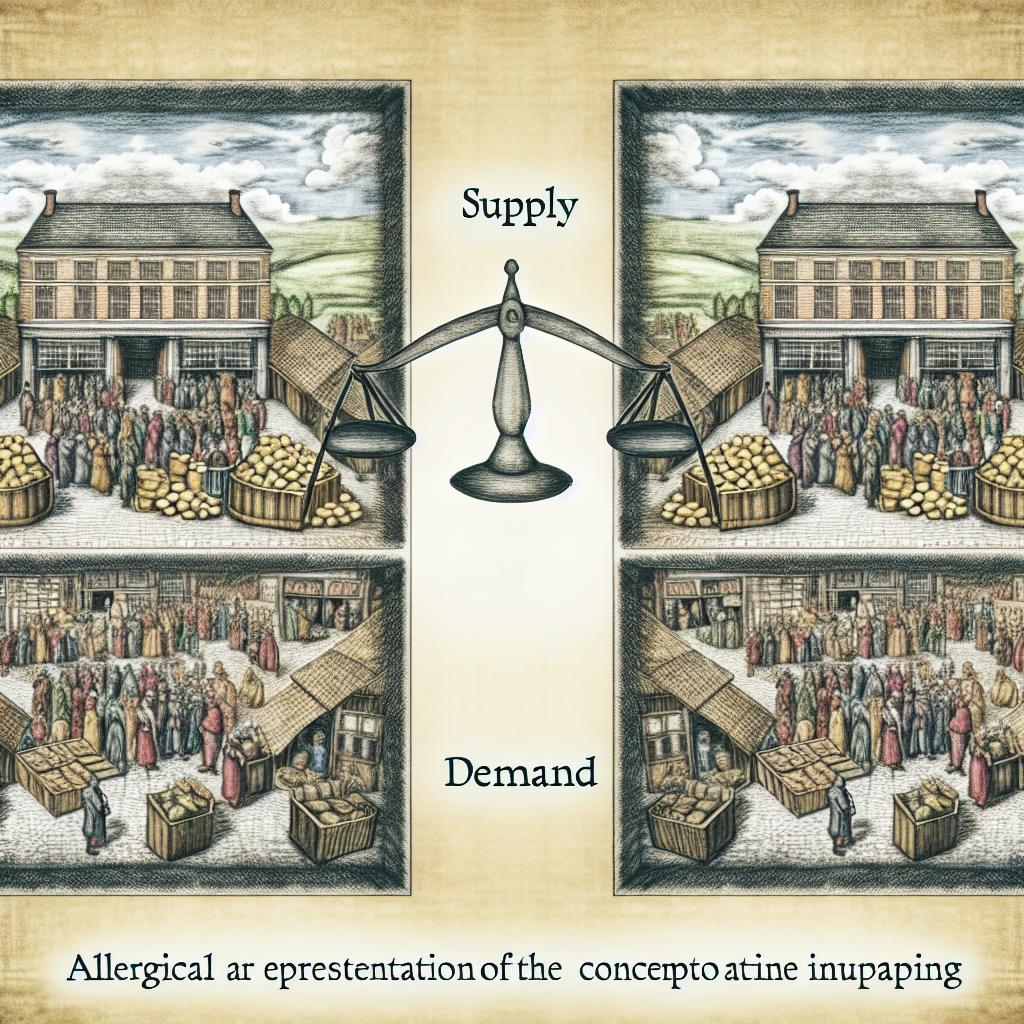
The Role of Supply and Demand in Trading
Understanding Supply and Demand in Trading
In the world of trading, supply and demand are fundamental concepts that play a critical role in determining the prices of assets. These forces drive market movements and influence trading decisions across various markets, including stocks, commodities, and foreign exchange.
Basic Definitions
Supply refers to the total amount of a particular good or service that is available in the market. In trading, this can mean the number of shares available for purchase in the stock market or the amount of a particular commodity that producers are willing to sell at a given price. When visualizing supply, one can think of it as the extent to which producers are ready and able to create goods and make them available to consumers. The factors influencing supply range from production costs, availability of raw materials, and technological innovation to government regulations and logistical capabilities.
Demand, on the other hand, is the quantity of a good or service that buyers are willing and able to purchase at various price levels. The desire and ability of consumers to own an asset play a crucial role in setting its market price. Demand can be seen as more than just a whim of consumers; it reflects economic capacity, price sensitivity, consumer preferences, and substitute goods’ availability. Together, the concepts of supply and demand form the backbone of economic theory, explaining why prices fluctuate and how resources are allocated.
The Price Mechanism
The interaction between supply and demand establishes the market price of an asset. When demand increases without a corresponding increase in supply, prices tend to rise. Conversely, if supply outstrips demand, prices typically fall. This dynamic is known as the price mechanism, and it facilitates the exchange of goods and services. The price mechanism acts as an invisible hand that adjusts to changing circumstances, ensuring that resources are allocated efficiently in the market economy.
Equilibrium Price
The equilibrium price is the point where the quantity supplied equals the quantity demanded. At this price level, the market is considered balanced, as there is neither a surplus nor a shortage of the asset in question. Traders often monitor these concepts closely to ascertain the appropriate timing for buying or selling. The equilibrium is dynamic and can shift with changes in market conditions or external factors. Understanding how and why these shifts happen can offer traders significant insights into potential market opportunities and risks.
Factors Affecting Supply and Demand
Several factors can have a significant impact on supply and demand:
Economic Conditions: Broad economic indicators, such as GDP growth rates, employment statistics, and consumer confidence, can influence trading as they affect both supply and demand in markets. An expanding economy generally leads to higher employment, which increases consumers’ purchasing power, thus boosting demand.
Market Sentiment: The collective mood of investors can drive demand irrespective of fundamental economic factors. Positive sentiment can increase demand, while negative sentiment can decrease it. Sentiment can be swayed by news, global events, or the psychological aspects of trading itself, such as fear and greed, which sometimes leads to irrational market behavior.
Government Policies: Policies, including regulations, taxes, and subsidies, can alter production costs, affecting supply, as well as changing disposable income, thus influencing demand. For instance, tax incentives on sustainable technology might increase its demand, thereby influencing traders to consider investing in green companies.
Technological Advancements: Innovations can change supply by making production more efficient, while also affecting demand by creating new products or improving existing ones. The advent of new technologies often leads to the disruption of existing industries and can result in dramatic shifts in supply and demand dynamics.
Understanding these factors can provide traders with a competitive edge, allowing them to anticipate shifts and make informed trading decisions.
Implications for Traders
For traders, understanding supply and demand dynamics is crucial for making informed investment decisions. By analyzing these forces, traders can anticipate price movements and identify opportunities for profit. For instance, identifying a potential demand increase for a commodity due to seasonal trends can guide a trader to invest before prices rise.
Beyond merely identifying current supply and demand levels, successful trading often involves predicting how various factors might shift these levels in the future. Many traders use technical and fundamental analysis methods to gauge market supply and demand trends over different time horizons. Technical analysis involves using statistical trends gathered from trading activity, like past prices and volume, while fundamental analysis entails evaluating a security’s intrinsic value based on related economic indicators.
Traders who are adept at reading these signals can develop strategies that allow them to enter and exit trades at opportune times. For instance, deploying a strategy that involves going long when a bullish demand pattern is identified or going short on a security when signs of oversupply are evident. Effective trading doesn’t just rely on knowing current conditions; it relies on forecasting changes and adjusting strategies accordingly.
Further Reading
Those interested in a deeper dive into supply and demand principles can find useful resources at financial education sites and market analysis platforms. Understanding the principles of supply and demand is essential for navigating the volatile and often unpredictable world of trading. Mastery of these concepts not only aids in grasping market mechanisms but also enhances strategic decision-making, helping traders achieve their financial goals.
For additional information on trading strategies and market analysis, consider exploring financial analysis resources. Engaging with online courses, webinars, and expert market analysis can broaden one’s understanding of the complex yet fascinating world of trading. As markets continue to evolve, staying informed and adaptable remains key to successful trading. By continuously enhancing one’s knowledge and skills, traders can better navigate market challenges and seize the opportunities that arise from the intricate interplay of supply and demand forces.